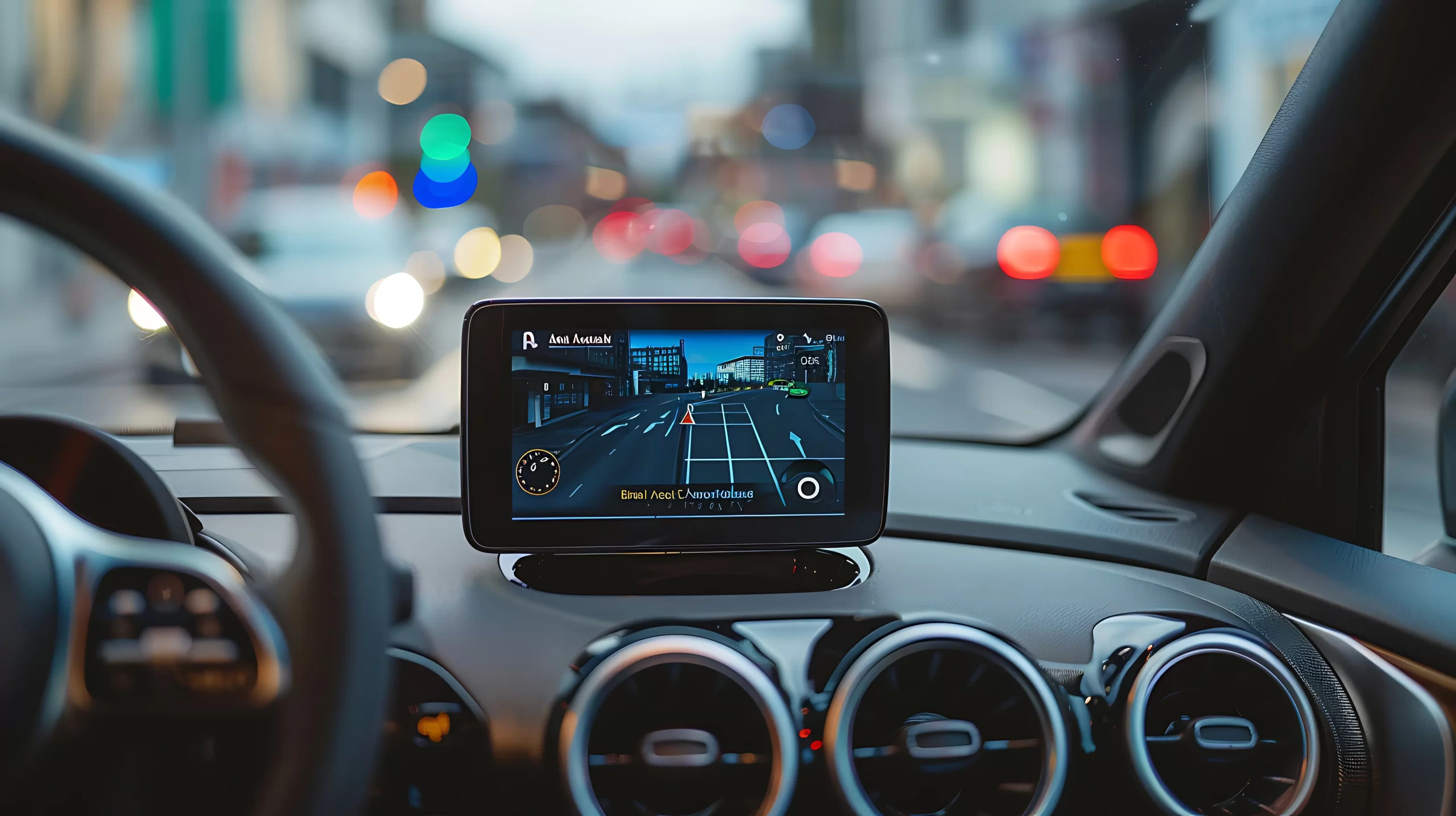Introduction
Driver monitoring devices are rapidly evolving as technology progresses and road safety concerns grow. Staying one step ahead of these trends is critical for fleet managers who want to maintain effective vehicle safety systems and optimize driver behaviour analytics.
As we approach 2024, numerous significant trends are changing the already existing driver monitoring devices. Recognizing these trends can help you improve fleet management systems and real-time driver monitoring while incorporating cutting-edge technologies to protect your vehicles and drivers.
Read on to learn about the top trends and how they might help your fleet.
What is the Future of Driver Monitoring Systems?
Towards the end of 2024, many new advanced developments will completely change the scope and significance of driver monitoring devices. Here’s what to look out for:
Integration of AI and Machine Learning:
Driver-monitoring device evolution is being influenced more and more by AI and machine learning. With the use of these technologies, driving behaviour analytics can be enhanced, leading to more precise forecasts of potential safety risks. AI-powered insights can improve driver behaviour analytics by detecting minor patterns that may suggest unsafe behaviour or emerging trends in driver performance metrics. This breakthrough enables preventive measures and individualized feedback, which leads to increased fleet safety.
Enhanced Driver Fatigue Detection:
Driver fatigue detection technology continues to evolve to include increasingly powerful sensors and algorithms. Therefore, in 2024, expect to see technology that integrates physiological data (such as heart rate and eye movement) with behavioural analysis to better reliably detect fatigue. This improved capability aids in sending timely alerts to drivers, lowering the likelihood of accidents caused by tiredness and increasing overall vehicle safety systems.
Real-Time Data Integration:
The incorporation of real-time driver monitoring with other systems is a significant development. Modern driver monitoring devices will seamlessly integrate with vehicle controls and fleet management systems, providing immediate responses and the necessary corrections. This real-time data improves driver alertness monitoring and helps autonomous driving systems by delivering quick information about driver performance and vehicle status.
Advanced Vehicle Safety Cameras:
Vehicle safety cameras are getting more sophisticated, with higher resolutions and features like night vision and 360-degree coverage. These cameras provide a complete view of the road conditions and potential hazards when combined with driver monitoring systems. The addition of these cameras with any new or existing driver fatigue detection systems facilitates the documenting and analysis of key incidents. As a result, this helps in improving the accuracy of safety assessments.
Increased Focus on Data Privacy and Security:
With a greater dependence on driver monitoring devices, data privacy and security are growing increasingly needful. In the year 2024, expect enhanced methods that’ll help protect critical data gathered via driver performance metrics and real-time monitoring. Sophisticated encryption methods and secure data storage systems will be highly in demand to keep driver information safe from illegal access and breaches.
Customizable Monitoring Solutions:
Driver monitoring devices are increasingly offering customizable features to meet the specific needs of different fleets. Businesses can now choose from a range of monitoring options, including custom driver alertness monitoring settings and configurable driver fatigue detection thresholds. This flexibility will allow for a more targeted approach to fleet safety, ensuring that monitoring solutions align with unique operational requirements.
Integration with Emerging Technologies:
Driver monitoring devices will require integration with future technologies like automated driving systems and vehicle-to-everything (V2X) communication. These linkages will enable more advanced safety measures, such as autonomous collision avoidance and continuous interaction with other vehicles and equipment. Fleets will be able to improve their safety and efficiency by embracing these technologies.
Enhancing User Interfaces and Experience:
Driver monitoring devices user experience will be improving more as they feature more intuitive interfaces and dashboards. Sophisticated driver performance tracking systems will provide improved visualizations and streamlined data access, making it simpler for fleet managers to analyze and act on insights. As a result, fleet safety can be managed more effectively and easily with these improvements.
Conclusion:
Staying up-to-date with these trends will enable you to take advantage of the latest technological advancements, maximize performance, and enhance safety when utilizing driver monitoring devices. These advancements, which encompass the incorporation of automated driving technologies along with the enhanced functionalities of vehicle safety cameras and real-time driver monitoring, will undoubtedly revolutionize fleet safety and management. Keep up with emerging technologies, and fleet managers can improve safety results, reduce risks, and streamline operations.
FAQs to Keep You Informed!
What are the key benefits of integrating driver monitoring devices with automated driving systems?
Answer: Merging driver monitoring devices with automated driving systems improves safety by giving detailed data on driver behaviour and facilitating better interaction between human and automated elements.
How do advanced automotive sensor technologies improve driver fatigue detection?
Answer: Advanced sensors detect fatigue or distraction more accurately, enabling for early alarms and actions to reduce driver fatigue-related accidents.
What role do vehicle safety cameras play in driver monitoring?
Answer: Vehicle safety cameras capture high-definition footage that can be used to verify incidences and improve the examination of driving situations and behaviours.
How does AI enhance driver behaviour analytics in monitoring devices?
Answer: AI examines massive volumes of data to find patterns and predict future safety hazards, increasing the accuracy of driver performance measurements and allowing for targeted safety actions.
Why is seamless integration with fleet management solutions important for driver monitoring devices?
Answer: The seamless integration enables a single approach to fleet data management, combining findings from driver monitoring alongside additional operational variables to improve overall fleet safety and efficiency.



